The Monkeypox Spreading Issue
On Aug. 4, the White House declared monkeypox a national public health emergency. To deal with the situation, the U.S. Centers for Disease Control and Prevention (CDC) issued significant, updated guidelines regarding the virus for cleaning professionals.
We know monkeypox spreads through close, skin-to-skin, direct contact. But, there may be some new things happening in this outbreak now. There’s still a lot to learn about how and why it is spreading the way it is.
Transmission of the Monkeypox virus is possible from the onset of the first symptoms until the skin has completely healed. In contrast, studies also show that the virus may be able to survive in an environment similar to a household for weeks or months. This is why disinfection is recommended for all areas where a person with monkeypox has spent time, as well as for items considered to be potentially contaminated.
Disinfectants
When choosing a disinfectant, it is crucial to consider any potential health hazards and not mix disinfectants or add other chemicals. Therefore, follow these steps for safe and effective disinfectant use:
- Check that your product is EPA-registered: Find the EPA registration number on the product.
- Read the directions: Follow the product’s directions. First, check “use sites” and “surface types” to make sure this is the right product for your surface. Next, read the “precautionary statements.”
- Pre-clean the surface: Make sure to wash the surface with soap and water if the directions mention pre-cleaning or if the surface is visibly dirty. Dirt can keep the disinfectant from working.
- Follow the contact time: The surface should remain wet for the time indicated to ensure the product is effective. Reapply if necessary.
Disinfecting
During isolation at home, people with monkeypox should regularly clean and disinfect the spaces they occupy to limit household contamination. To that end, follow the steps below to minimize the risk of infection to others in your home after recovery:
- Suppose cleaning and disinfection are done by someone other than the person with monkeypox. In that case, that person should wear, at a minimum, disposable medical gloves and a respirator or well-fitting mask.
- Standard clothing that fully covers the skin should be worn and immediately laundered according to the recommendations below.
- Hand hygiene should be performed using an ABHR (Alcohol-based Hand Rub), or soap and water if ABHR is unavailable.
- Focus on disinfecting items and surfaces that were in direct contact with the skin of the person with monkeypox, or more often in the presence of the person with monkeypox, during isolation. If unsure, disinfect.
- Do not dry dust or sweep as this may spread infectious particles.
- Wet cleaning methods, such as disinfectant wipes, sprays, and mopping, are preferred.
- Vacuuming is acceptable. However, make sure to use a vacuum with a high-efficiency air filter. If not available, ensure the person vacuuming wears a well-fitting mask or respirator.
Monkeypox: Cleaning Guidelines for Professional Cleaning
- Communicate with staff, volunteers, and residents. Provide clear information about monkeypox prevention.
- Respond to cases:
- Test and medically evaluate staff, volunteers, or residents who are suspected of having monkeypox.
- Consult your state, tribal, local, or territorial health department before discontinuing isolation.
- Ensure that residents with monkeypox wear a well-fitting disposable mask over their nose and mouth. Cover any skin lesions with long pants, long sleeves, bandages, or a sheet or gown if they need to leave the isolation area or if isolation areas are not yet available.
- Isolate staff or volunteers who have monkeypox away from congregate settings until they are fully recovered.
- Reduce the number of staff entering the isolation areas to only those essential to isolation area operations.
- Manage waste from isolation areas in accordance with U.S. Department of Transportation (DOT) Hazardous Materials Regulations (HMR; 49 CFR, Parts 171-180).
- Identify people who might have been exposed to monkeypox. Facilities should work with their health department to identify and monitor the health of any staff, volunteers, or residents who might have had close contact with someone who has monkeypox.
- Ensure access to handwashing. Soap and water, or hand sanitizer with at least 60% alcohol, should be available at all times and no cost to staff, volunteers, and residents.
- Clean and disinfect the areas where people with monkeypox spent time.Perform disinfection using a U.S. Environmental Protection Agency (EPA) – registered disinfectant with an Emerging Viral Pathogens claim, which may be found on EPA’s List Q.
- Provide appropriate personal protective equipment (PPE) for staff, volunteers, and residents. Employers are responsible for ensuring that workers are protected from exposure to the Monkeypox virusand that they are not exposed to harmful levels of chemicals used for cleaning and disinfection.
Be Protected Against Monkeypox
Reduce your risk of catching monkeypox by limiting close contact with people who have suspected or confirmed monkeypox or with animals who could be infected. Clean and disinfect environments that could have been contaminated with the virus from someone infectious regularly. Keep yourself informed about monkeypox in your area.
If you think you might have monkeypox, seek medical advice and isolate yourself from others until you have been evaluated and tested. If you have probable or confirmed monkeypox, isolate yourself from others until all your lesions crust over, the scabs fall off, and a new layer of skin forms underneath. This will stop you from passing on the virus to others. Get advice from your health worker on whether to isolate at home or in a health facility. Until more is understood about transmission through sexual fluids, use condoms as a precaution while having sexual contact for 12 weeks after you recover.
To know more about the CDC’s updated cleaning guidelines for monkeypox, visit the CMM website.







